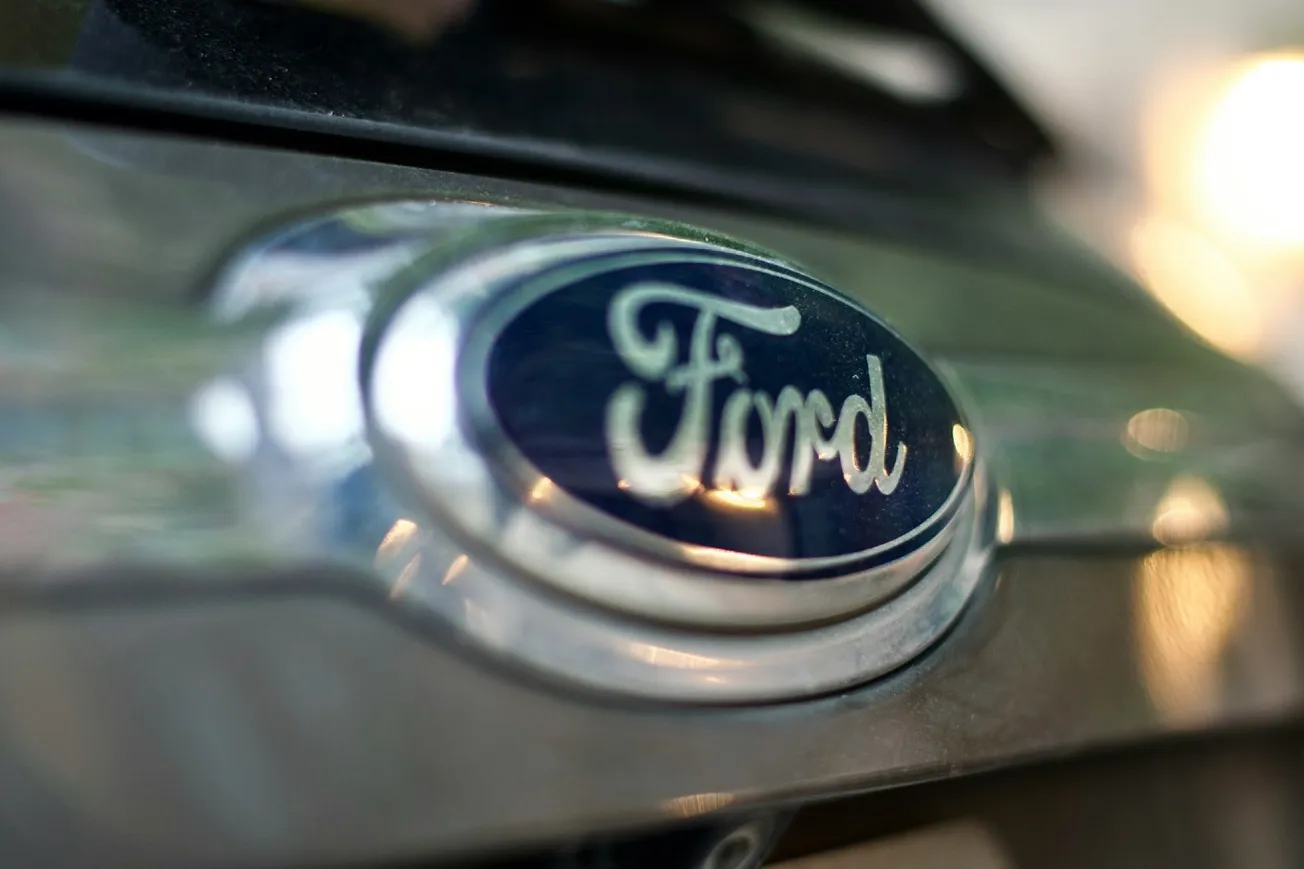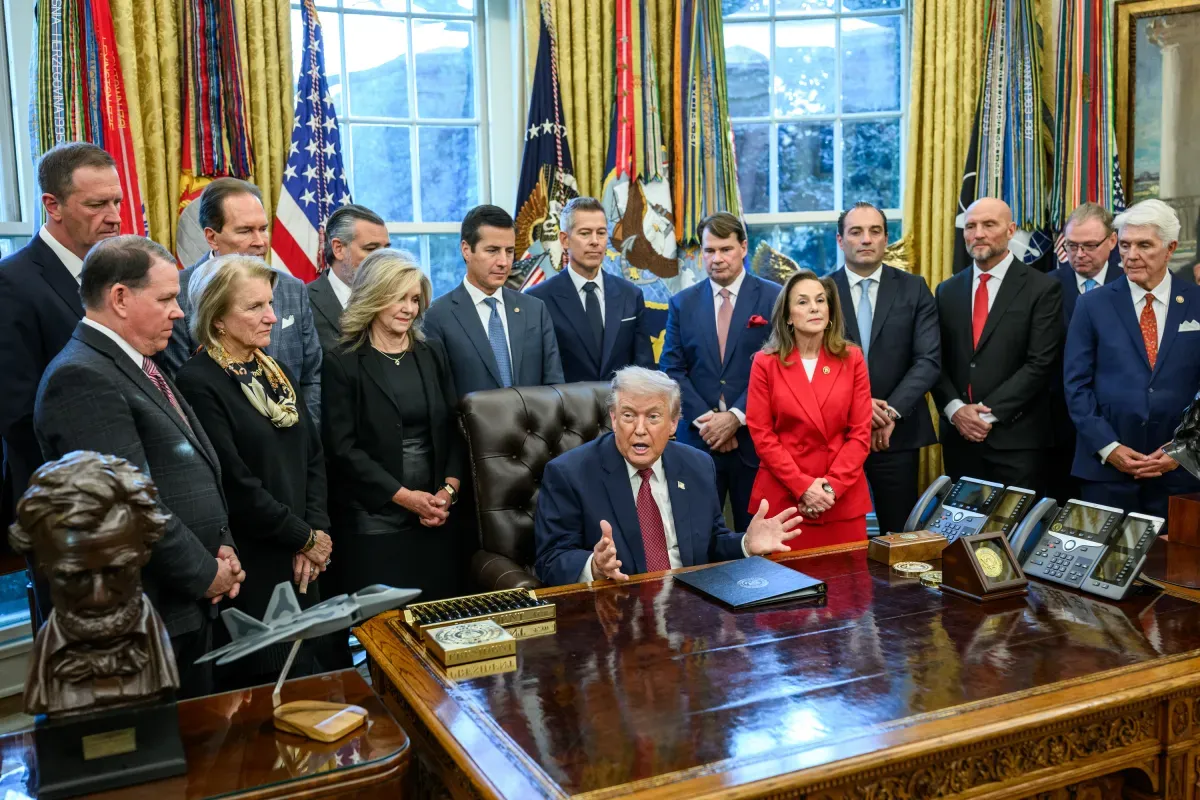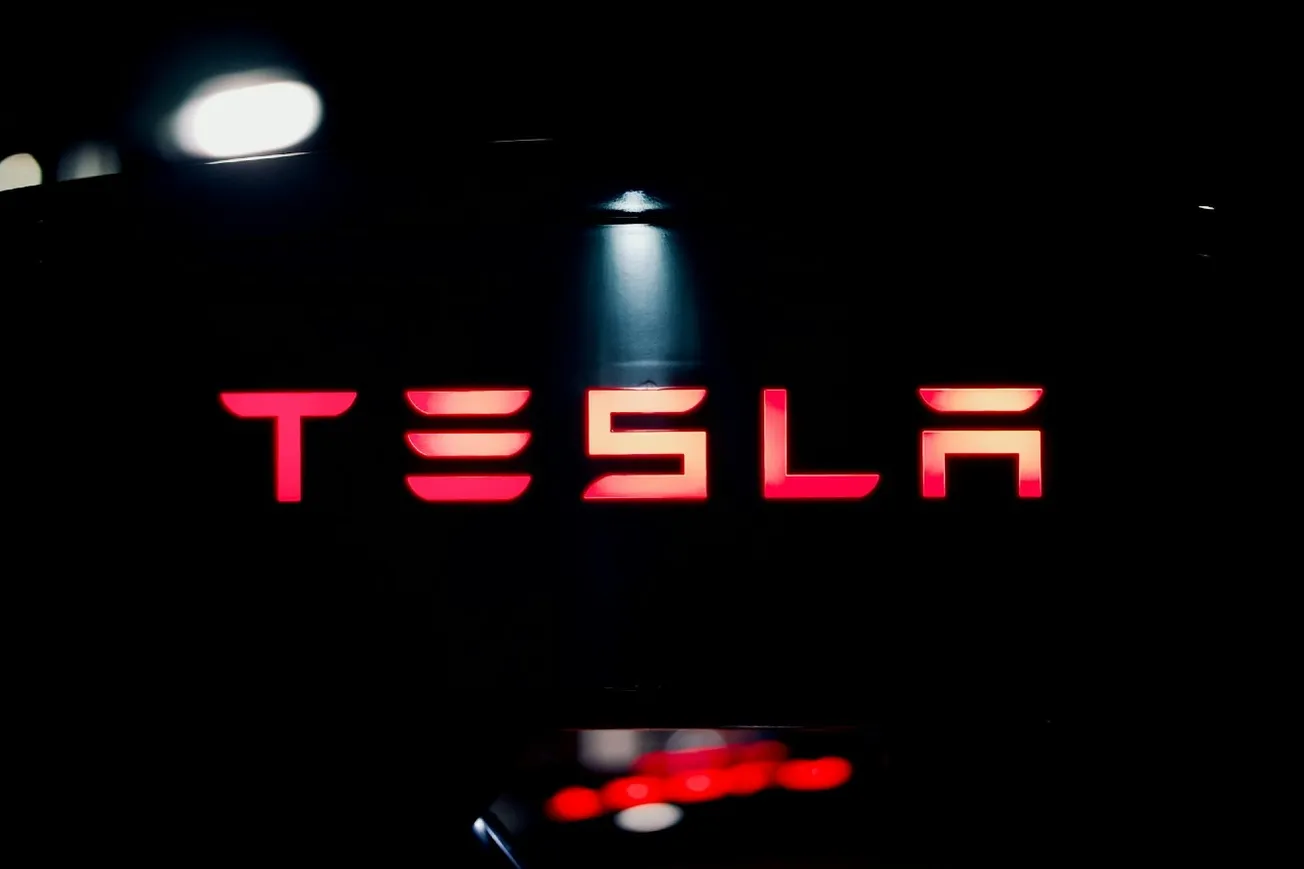By Diana Furchtgott-Roth, Daily Signal | April 03, 2024
One week the Environmental Protection Agency comes for our gasoline-powered cars, the next for our diesel-powered trucks.
EPA chose Good Friday, when many Americans were preparing to celebrate Easter Sunday (if not Transgender Day of Visibility), to release a new rule requiring that 25% of truck sales be electric by 2032.
Practically everything Americans use comes by truck, either all the way from the producer or from ports or railroad terminals. That’s why, if electric truck and charging technology existed, EPA’s new rule would raise costs of everything Americans buy, resulting in higher prices for goods and services and inflationary pressures throughout the economy.
All this at a time when the Federal Reserve is trying to get inflation down to 2%.
But America doesn’t have the electrical grid capacity, the charging stations, or the technology to operate long-haul electric trucks, and the nation won’t have them by 2032.
Trucking and utility companies would have to invest almost $1 trillion in charging infrastructure before electric trucks could be operational. EPA’s goals either will have to be discarded or moved steadily into the future.
The electric truck rule follows regulations released last month that would require 70% of cars and light trucks, such as pickup trucks, to be electric by 2032. Both these rules will face court challenges on the grounds that EPA exceeded its authority.
EPA’s stated rationale is to reduce emissions, but electrifying trucks would have minimal effect on global temperatures while raising transportation costs and therefore inflation.
The differences in the costs of diesel and electric trucks are monumental, and only a government official with no trucking experience could consider one a substitute for another.
A diesel truck costs about $120,000; an electric truck costs in the range of $450,000 to $500,000. Trucking companies would have to raise prices to cover these costs, and small trucking companies simply couldn’t afford the higher costs and would go out of business.
Not only that, but a proposed power plant rule from the EPA, soon to be released in final form, would make electricity more expensive. This rule, not mentioned in EPA’s vehicle tailpipe regulations, would require power plants to sequester 90% of their carbon emissions by 2039 or close in 2040.
Although smaller commercial trucks, including school buses and utility trucks, often travel locally and can be charged at depots overnight, heavy-duty trucks transport goods for long distances. These larger electric trucks can’t carry loads as heavy as diesel trucks do, because they lose range. So businesses need more trucks to carry a given volume of product, which raises transportation costs.
Electric trucks now have a range of 230 to 310 miles, and generally must stop and recharge when battery strength falls below 20%. Truckers would have to recharge every 180 to 250 miles, which can take one to two hours.
Long-haul electric trucks also can’t travel as many miles in a day, because truckers are limited to 11 hours on the road, and recharging time comes out of that.
Truckers are already in high demand, with 80,000 estimated job vacancies. Because of growing e-commerce, more trucks are needed, rather than fewer.
Requiring truckers to stop for two hours to recharge would reduce earnings and make these jobs less desirable. Some drivers would quit, and others would have to be paid more to remain on the job.
EPA calls the costs of truck electrification “billions of dollars’ worth of investments from trucking fleets, vehicle manufacturers, and U.S. states,” as though these investments would have a positive rate of return. But the costs would be borne by all Americans in the form of higher prices.
EPA’s massive project to reshape America’s transportation system would lower economic growth and increase the budget deficit as manufacturers attempt to comply with regulations and use green tax credits in the Inflation Reduction Act to waste resources investing in products that are unsuited to companies’ needs.
EPA justifies its regulation on the grounds that America would have cleaner air as a result. But electric trucks are not emissions-free and impose costs on the environment that gasoline-powered cars don’t.
Electricity for battery-powered vehicles comes from coal and natural gas, not renewable energy sources. Solar, wind, and nuclear power are generally fully used for other purposes; additional sources of energy to meet demand for electricity come from fossil fuels and hydropower.
Batteries for electric heavy trucks are produced in China using energy from coal-fired power plants. Producing batteries for electric vehicles uses carbon; the longer the range of the battery, the more carbon is used.
Large electric trucks need two 8,000-pound batteries. Miners have to move 500,000 pounds of earth to get enough critical minerals for one 1,000-pound passenger car battery, according to physicist Mark Mills, and multiple quantities of these minerals would be required for electric trucks.
Mining for critical minerals is environmentally disruptive. America outsources the work to Asia, Latin America, and Africa.
In 2022, the Supreme Court concluded in West Virginia v. EPA that EPA had overstepped its authority in its 2015 Clean Power Plan by forcing states to shut down power plants. Chief Justice John Roberts described the plan as “a regulatory program that Congress had conspicuously declined to enact itself.”
Now, in a similar sleight of hand, the Environmental Protection Agency is trying to determine what vehicles are allowed on the road, adopting a program that Congress has not voted into law.
EPA wants to require the purchase of electric trucks because companies wouldn’t use them otherwise—just as the agency is requiring more passenger vehicles to be electric than Americans want to buy.
It is pure illusion to think that America’s commerce could run on electric trucks. The size and composition of the batteries, the network of charging stations, and the electricity to run those stations make this whole enterprise fantastical.
Far more people believe in the Easter Bunny than believe that EPA will succeed in this particular mission.
Diana Furchtgott-Roth is director of the Center for Energy, Climate and Environment and the Herbert and Joyce Morgan Fellow.
Original article link









